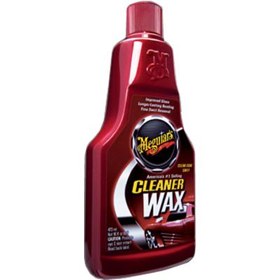ARFlyer
En-Route
Does anyone know how to get fix windscreen swirls? Our Arrow aircraft are impossible to see out of when flying directly into the sun. You have a mixture of swirls and straight scratches that make the windscreen go opaque. I have brought this to our chief and he just takes the complaint to file 13. I have a feeling for this to get fixed I'm going to have to do it myself over one weekend afternoon. Another CFI said its not scratches but stretch marks acquired during the window making process.
So any ideas ? Is there anyway to fix this without replacing the window? We use window cleaner and those soft paper towels to clean the windscreen.
So any ideas ? Is there anyway to fix this without replacing the window? We use window cleaner and those soft paper towels to clean the windscreen.

